Electricity and Magnetism Resources
Copyright on all materials on this site is retained by the authors. You are granted a limited license to reproduce these resources for classroom use, provided the copyright notices are not removed. Charging a fee for these resources, or distributing them in any way outside your classroom, is prohibited.
Electricity and Its Production
Hydroelectric Power Plant Model
Paper modelling is big in Japan, and Canon has many free paper models that can be printed on card stock and easily assembled with scissors and glue.
Hydroelectric power generation is a power generation system in which the gravitational force of falling water reserved by a dam revolves the hydraulic turbine in the generator. Flowing water has potential energy, kinetic energy and pressure energy, and these energies of flowing water is called hydraulic power. Hydroelectric power generation is roughly divided into the “general hydroelectric power” and “pumped hydroelectric power” types. The general hydroelectric power means power generated by using the water in rivers or reservoirs. The pumped hydroelectric power is generated by pumping up water in a lower level to the upper reservoir during nights when power consumption is small and dropping the water in the upper reservoir down to the lower lake during daytime when power consumption is large. The structures of power plants include the “dam type”, “waterway type” and “dam and waterway”. In the dam type, water is reserved by the upstream dam and dropped down to generate power through use of gravitational force.
Hydroelectric power generation is a power generation system in which the gravitational force of falling water reserved by a dam revolves the hydraulic turbine in the generator. Flowing water has potential energy, kinetic energy and pressure energy, and these energies of flowing water is called hydraulic power. Hydroelectric power generation is roughly divided into the “general hydroelectric power” and “pumped hydroelectric power” types. The general hydroelectric power means power generated by using the water in rivers or reservoirs. The pumped hydroelectric power is generated by pumping up water in a lower level to the upper reservoir during nights when power consumption is small and dropping the water in the upper reservoir down to the lower lake during daytime when power consumption is large. The structures of power plants include the “dam type”, “waterway type” and “dam and waterway”. In the dam type, water is reserved by the upstream dam and dropped down to generate power through use of gravitational force.
Wind Turbine Model
From CSIRO in Australia:
Wind is a form of solar power. As the earth rotates and the sun heats the atmosphere, the hot air rises above cooler air, creating a current. The wind turns the blades of a turbine, which spins an internal shaft connected to a generator and makes mechanical power or electricity used to power homes and other purposes.
Wind energy is useful for making electricity because it is a renewable resource and does not create pollution or cause damage to the environment.
Wind turbines feature a number of components, including blades, a shaft, a generator and a tower. The blades look like propellers, except that instead of creating wind, they catch the wind. The shaft is connected to the blades, and it rotates as the blades turn with the wind. The shaft runs to the generator. The generator transforms the rotations of the shaft from mechanical energy into electrical energy.
Large wind farms with hundreds of turbines can produce enough energy to feed into an existing power grid, while a single turbine can supply electricity to someone living in a remote location. Wind turbines require little space and can be built on farms without disturbing agriculture or pastures.
Wind power generates less than 1% of the electricity in Australia , but more wind farms are being built every year.
Wind is a form of solar power. As the earth rotates and the sun heats the atmosphere, the hot air rises above cooler air, creating a current. The wind turns the blades of a turbine, which spins an internal shaft connected to a generator and makes mechanical power or electricity used to power homes and other purposes.
Wind energy is useful for making electricity because it is a renewable resource and does not create pollution or cause damage to the environment.
Wind turbines feature a number of components, including blades, a shaft, a generator and a tower. The blades look like propellers, except that instead of creating wind, they catch the wind. The shaft is connected to the blades, and it rotates as the blades turn with the wind. The shaft runs to the generator. The generator transforms the rotations of the shaft from mechanical energy into electrical energy.
Large wind farms with hundreds of turbines can produce enough energy to feed into an existing power grid, while a single turbine can supply electricity to someone living in a remote location. Wind turbines require little space and can be built on farms without disturbing agriculture or pastures.
Wind power generates less than 1% of the electricity in Australia , but more wind farms are being built every year.
Shock and Awe: The Story of Electricity
An excellent series of videos on electricity.
Professor Jim Al-Khalili tells the story of our quest to master nature's most mysterious force — electricity. This series tells of dazzling leaps of imagination and extraordinary experiments — a story of maverick geniuses who used electricity to light our cities, to communicate across the seas and through the air, to create modern industry and give us the industrial revolution.
Professor Jim Al-Khalili tells the story of our quest to master nature's most mysterious force — electricity. This series tells of dazzling leaps of imagination and extraordinary experiments — a story of maverick geniuses who used electricity to light our cities, to communicate across the seas and through the air, to create modern industry and give us the industrial revolution.
Electromagnetism
In Our Time: Magnetism
In Our Time is a wonderful series on BBC Radio 4.
Melvyn Bragg and guests discuss the history of magnetism. Pliny the Elder, in his Historia Naturalis, tells a story of a legendary Greek shepherd called Magnes who, while guiding his flock on Mount Ida, suddenly found it hard to move his feet. The nails of his sandals held fast to the rock beneath them, and the iron tip of his crook was strangely attracted to the boulders all around. Magnes had stumbled across the lodestone, or ‘Magnetite’, and discovered the phenomenon of magnetism.
Who pioneered the study of magnetism? What theories did they construct from its curious abilities and how was the power of the magnet brought out of the realm of magic and into the service of science?
Melvyn Bragg and guests discuss the history of magnetism. Pliny the Elder, in his Historia Naturalis, tells a story of a legendary Greek shepherd called Magnes who, while guiding his flock on Mount Ida, suddenly found it hard to move his feet. The nails of his sandals held fast to the rock beneath them, and the iron tip of his crook was strangely attracted to the boulders all around. Magnes had stumbled across the lodestone, or ‘Magnetite’, and discovered the phenomenon of magnetism.
Who pioneered the study of magnetism? What theories did they construct from its curious abilities and how was the power of the magnet brought out of the realm of magic and into the service of science?
In Our Time: Maxwell
In Our Time is a wonderful series on BBC Radio 4.
Melvyn Bragg and guests discusses the life and ideas of James Clerk Maxwell whose work is not widely known, but whose genius and contribution to the age in which we live is enormous.
He took the first colour photograph, defined the nature of gases and with a few mathematical equations expressed all the fundamental laws of light, electricity and magnetism - and in doing so he provided the tools to create the technological age, from radar to radio and televisions to mobile phones. He is credited with fundamentally changing our view of reality, so much so that Albert Einstein said, “One scientific epoch ended and another began with James Clerk Maxwell”.
But who was James Clerk Maxwell? What were his ideas, and does this nineteenth century ‘natural philosopher’ deserve a place alongside Newton and Einstein in the pantheon of science?
Melvyn Bragg and guests discusses the life and ideas of James Clerk Maxwell whose work is not widely known, but whose genius and contribution to the age in which we live is enormous.
He took the first colour photograph, defined the nature of gases and with a few mathematical equations expressed all the fundamental laws of light, electricity and magnetism - and in doing so he provided the tools to create the technological age, from radar to radio and televisions to mobile phones. He is credited with fundamentally changing our view of reality, so much so that Albert Einstein said, “One scientific epoch ended and another began with James Clerk Maxwell”.
But who was James Clerk Maxwell? What were his ideas, and does this nineteenth century ‘natural philosopher’ deserve a place alongside Newton and Einstein in the pantheon of science?
In Our Time: Faraday
In Our Time is a wonderful series on BBC Radio 4.
Melvyn Bragg and guests discuss the eminent 19th-century scientist Michael Faraday. Born into a poor working-class family, he received little formal schooling but became interested in science while working as a bookbinder's apprentice. He is celebrated today for carrying out pioneering research into the relationship between electricity and magnetism. Faraday showed that if a wire was turned in the presence of a magnet or a magnet was turned in relation to a wire, an electric current was generated. This ground-breaking discovery led to the development of the electric generator and ultimately to modern power stations. During his life he became the most famous scientist in Britain and he played a key role in founding the Royal Institution's Christmas lectures which continue today.
Melvyn Bragg and guests discuss the eminent 19th-century scientist Michael Faraday. Born into a poor working-class family, he received little formal schooling but became interested in science while working as a bookbinder's apprentice. He is celebrated today for carrying out pioneering research into the relationship between electricity and magnetism. Faraday showed that if a wire was turned in the presence of a magnet or a magnet was turned in relation to a wire, an electric current was generated. This ground-breaking discovery led to the development of the electric generator and ultimately to modern power stations. During his life he became the most famous scientist in Britain and he played a key role in founding the Royal Institution's Christmas lectures which continue today.

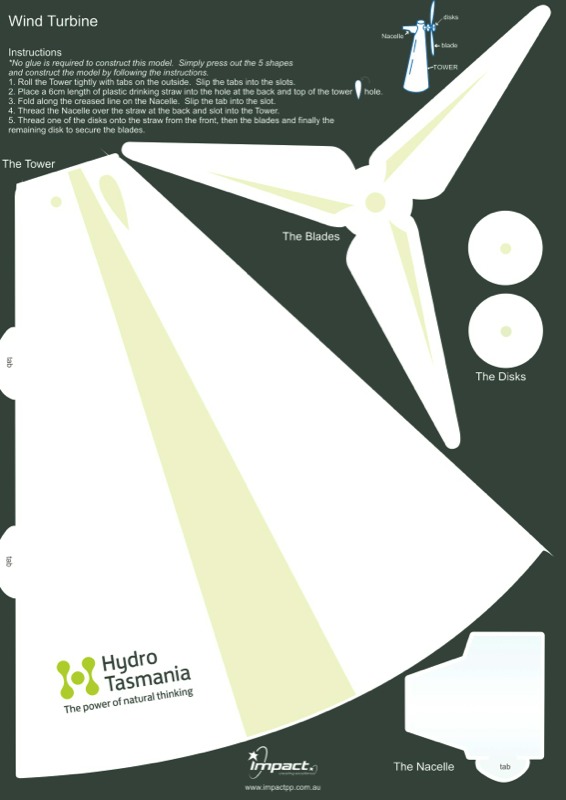
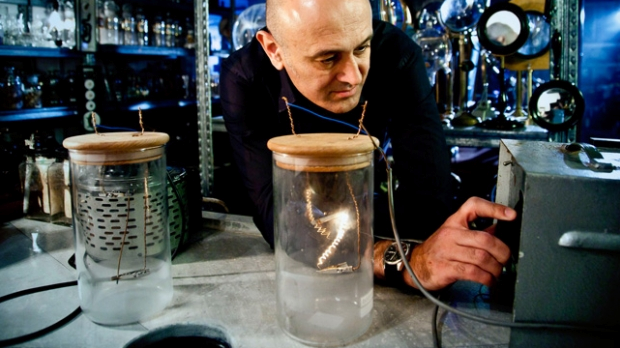
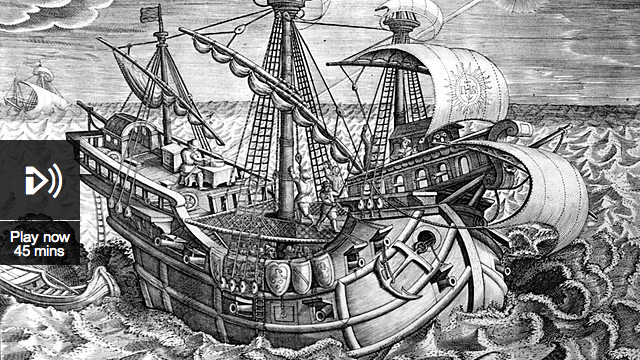
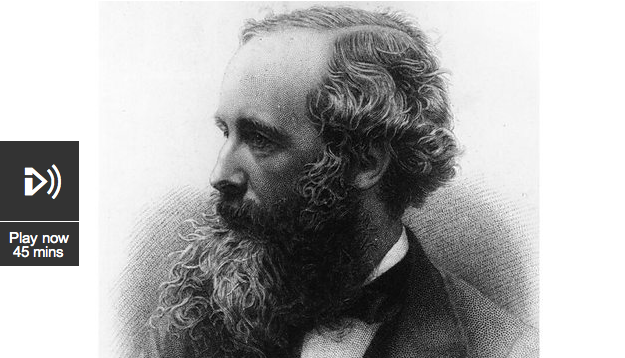
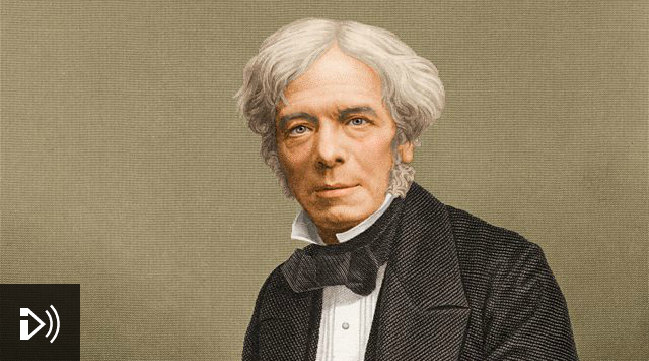
Teaching Science